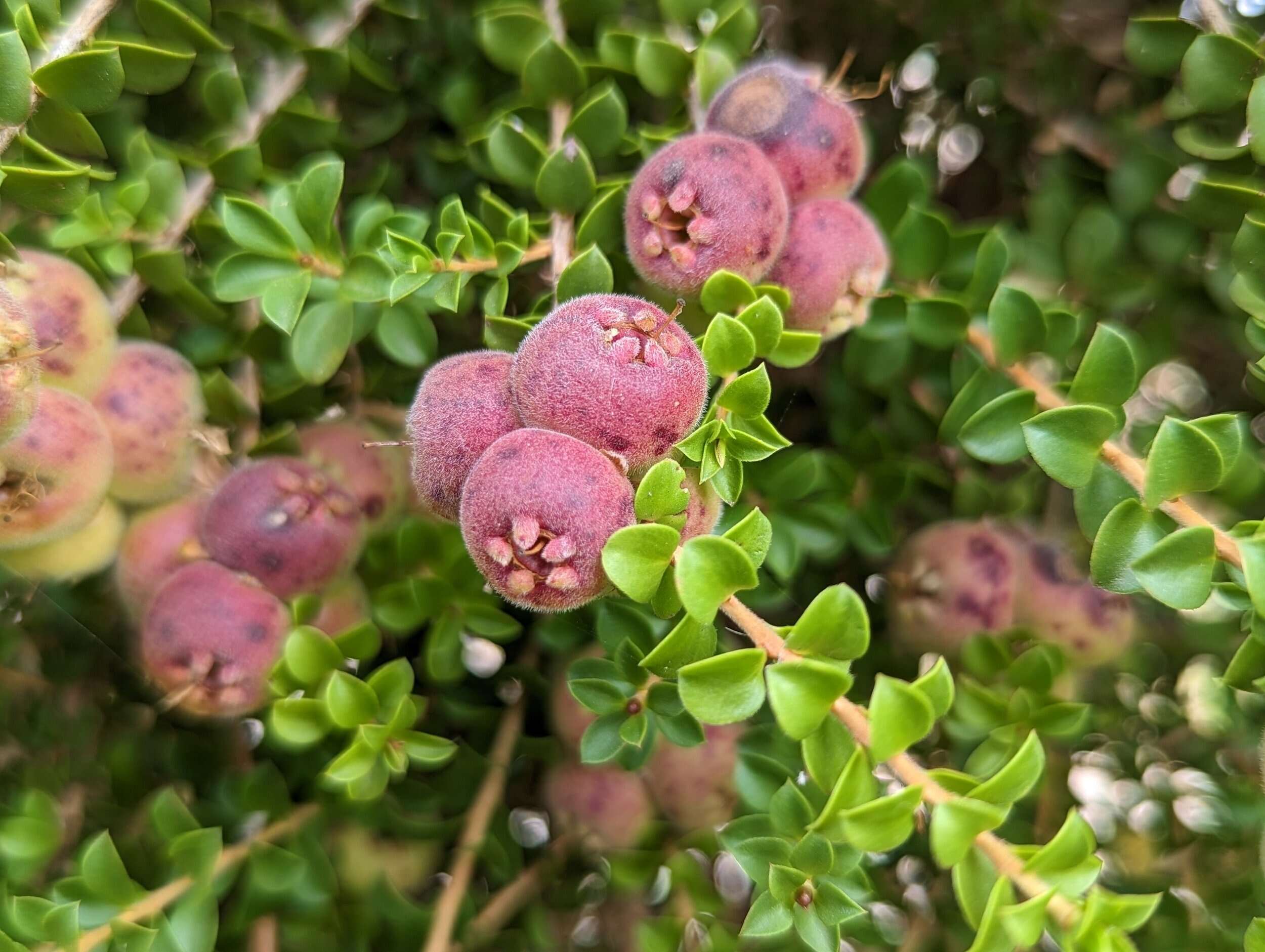
What are Muntries? Muntries, also known as emu apples or native cranberries, are small, berry-like fruits native to Australia. These tiny fruits pack a punch with their sweet, spicy flavor and are often used in jams, sauces, and desserts. Why are Muntries special? They are not only delicious but also rich in antioxidants, vitamins, and minerals, making them a superfood. Where do Muntries grow? Found mainly in the coastal regions of South Australia, these berries thrive in sandy soils and are part of the traditional diet of Indigenous Australians. How can you use Muntries? Whether eaten fresh, dried, or cooked, Muntries add a unique twist to various dishes. Curious about more? Dive into these 28 fascinating facts about Muntries to learn everything you need to know about this extraordinary fruit.
What Are Muntries?
Muntries, also known as emu apples or native cranberries, are small berries native to Australia. These berries are not only delicious but also packed with nutrients. Let's dive into some fascinating facts about muntries.
-
Muntries are native to the coastal regions of southern Australia, particularly in South Australia and Victoria.
-
The scientific name for muntries is Kunzea pomifera.
-
Muntries grow on low-lying shrubs that can spread up to 2 meters wide.
-
These berries have a unique flavor, often described as a mix between blueberries and apples.
Nutritional Benefits of Muntries
Muntries are not just tasty; they are also incredibly nutritious. Here are some facts highlighting their health benefits.
-
Muntries are rich in antioxidants, which help protect the body from free radicals.
-
They contain high levels of vitamin C, essential for a healthy immune system.
-
These berries are a good source of dietary fiber, aiding in digestion.
-
Muntries have anti-inflammatory properties, which can help reduce inflammation in the body.
Historical and Cultural Significance
Muntries have been a part of Australian culture for centuries. Here are some interesting historical and cultural facts.
-
Indigenous Australians have been using muntries for thousands of years as a food source and for medicinal purposes.
-
The berries were traditionally eaten fresh or dried and used in various dishes.
-
Muntries were also used to make a type of fruit leather, which could be stored for long periods.
-
Early European settlers in Australia quickly adopted muntries into their diets due to their delicious taste and nutritional benefits.
Culinary Uses of Muntries
Muntries are versatile and can be used in various culinary applications. Here are some ways they are used in cooking.
-
Muntries can be eaten fresh, straight off the bush.
-
They are often used in jams, jellies, and sauces.
-
Muntries can be added to baked goods like muffins, cakes, and pies for a unique flavor.
-
These berries are also used in savory dishes, such as salads and meat glazes.
Growing Muntries
Interested in growing your own muntries? Here are some facts about cultivating these unique berries.
-
Muntries prefer sandy, well-drained soil and full sun.
-
They are drought-tolerant once established, making them suitable for dry climates.
-
Muntries can be propagated from seeds or cuttings.
-
These plants are relatively low-maintenance and can thrive with minimal care.
Environmental Impact
Muntries play a role in the ecosystem. Here are some facts about their environmental impact.
-
Muntries are a native species, which means they support local biodiversity.
-
They provide food for various wildlife, including birds and small mammals.
-
The plants help stabilize soil and prevent erosion in coastal areas.
-
Growing muntries can contribute to sustainable agriculture practices.
Fun Facts About Muntries
Let's end with some fun and quirky facts about these delightful berries.
-
Muntries are sometimes called "emu apples" because emus are known to eat them.
-
The berries can vary in color from green to deep purple, depending on their ripeness.
-
Muntries have a long shelf life and can be stored for several weeks when refrigerated.
-
They are often used in gourmet cuisine and are becoming increasingly popular in high-end restaurants.
Muntries: A Hidden Gem
Muntries, also known as Emu Apples, pack a punch with their antioxidant and anti-inflammatory properties. These tiny berries, native to Australia, have been a staple for Indigenous Australians for centuries. Their unique blend of sweet and spicy flavors makes them a versatile ingredient in both savory and sweet dishes. Rich in vitamin C and dietary fiber, they support immune health and digestion.
Despite their small size, muntries offer big benefits. They can be enjoyed fresh, dried, or as a jam. Their anti-aging properties make them a popular choice in skincare products. As more people discover their nutritional value, muntries are gaining popularity worldwide.
Next time you’re looking for a nutritious and delicious addition to your diet, give muntries a try. They might just become your new favorite superfood.
Was this page helpful?
Our commitment to delivering trustworthy and engaging content is at the heart of what we do. Each fact on our site is contributed by real users like you, bringing a wealth of diverse insights and information. To ensure the highest standards of accuracy and reliability, our dedicated editors meticulously review each submission. This process guarantees that the facts we share are not only fascinating but also credible. Trust in our commitment to quality and authenticity as you explore and learn with us.
